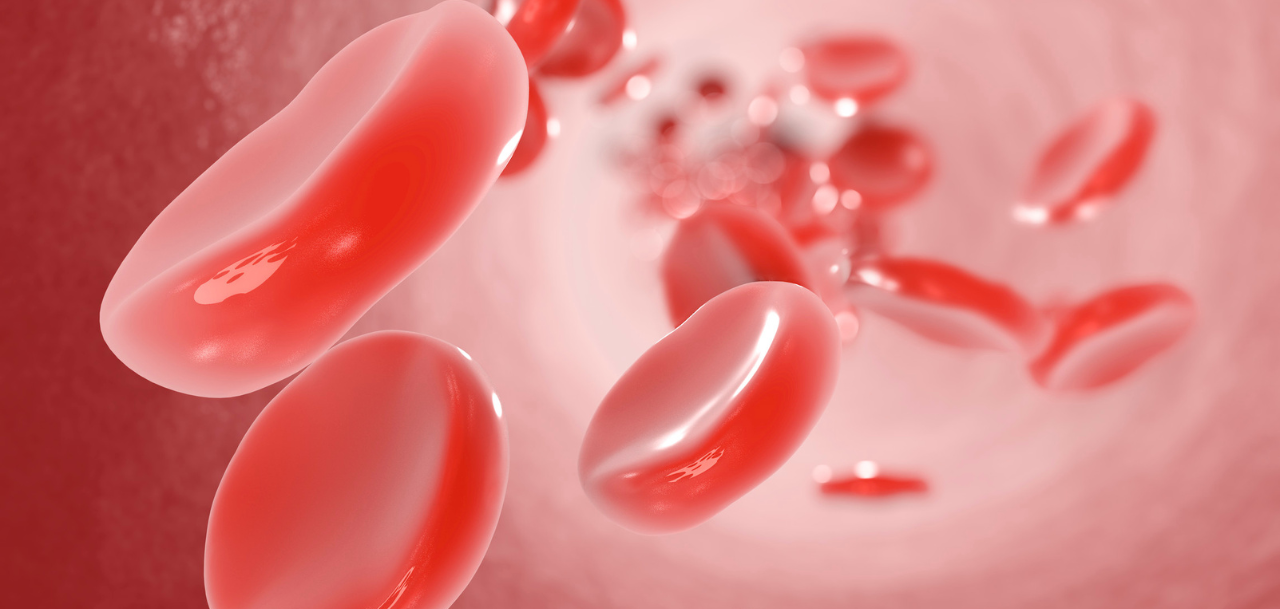
فقر الدم من أكثر الحالات السريرية شيوعًا التي قد يصادفها طالب الطب. من المهم التعرف على أنواعه وأسبابه الأساسية لسهولة التشخيص والعلاج.
فقر الدم بسبب نقص الحديد: الأكثر شيوعًا، ويحدث نتيجة لنقص عنصر الحديد في الجسم، غالبًا بسبب سوء التغذية أو فقدان الدم (كالنزف المزمن).
فقر الدم الناتج عن نقص فيتامين B12 أو حمض الفوليك: يؤدي إلى إنتاج خلايا دم حمراء كبيرة الحجم وغير فعالة.
فقر الدم الانحلالي: يحدث عندما يتكسر الدم بسرعة، كما في حالات الثلاسيميا أو الأنيميا المنجلية.
فقر الدم الناتج عن أمراض مزمنة: مثل أمراض الكلى أو الالتهابات طويلة الأمد.
لكل نوع من أنواع فقر الدم آلية مختلفة، ويجب على الطالب التمييز بينها لاختيار الطريقة الصحيحة للعلاج.
Anemia is one of the most common clinical conditions that a medical student may encounter. It is important to recognize its types and underlying causes for easy diagnosis and treatment.
Iron deficiency anemia: The most common, it is caused by a lack of iron in the body, often due to malnutrition or blood loss (such as chronic bleeding).
Vitamin B12 or folate deficiency anemia: Leads to the production of large, ineffective red blood cells.
Hemolytic anemia: Occurs when blood breaks down rapidly, such as in thalassemia or sickle cell anemia.
Anemia caused by chronic diseases: Such as kidney disease or long-term infections.
Each type of anemia has a different mechanism, and the student must distinguish between them to choose the correct method of treatment.
